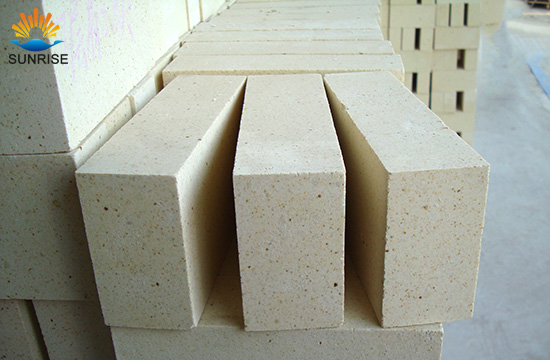Product Search
Quickly find the product you need
Products List
Refractory Knowledge
- Pros and cons of lightweight mullite bric
- The Use of Mullite Insulation Bricks
- Aggregates Used For the Production of Ins
- Thermal Shock Resistant Fireproof Heat In
- the development of the refractory brick i
- Classification of mullite insulation bric
- Manufacturing process of fire clay insula
- Pollution and treatment in the production
- Production Process Methods of Refractory
- Refractory material production process
Products List
- Phone:0086-370-63838939
- Email:sales@sunriserefr.com
- Office Address: No.36 Fengchan Road Of Zhengzhou, Henan, China (Mainland)
The Molding of Insulation Bricks
Date:2016-05-18 09:59 | From:Zhengzhou Sunrise Refractory | Author:admin
Insulation bricks are high porosity refractories with low thermal conductivity used in order to reduce the rate of heat flow (heat losses) and thus to maximize heat conservation within the furnace.

In order to reduce the porosity and improve the quality of insulating bricks, the molding pressure must be increased. For common insulation bricks, the molding pressure should reach 137MPa. For high dense insulation bricks, the molding pressure should be with 176~215MPa. Only 250t or more friction press can achieve this result.
The porosity of insulating bricks should meet the following requirements: grade Ⅰ≤21%, grade Ⅱ≤23% and grade Ⅲ≤22%. Before molding, check the dimension of the bricks.
The augmentation coefficient of common insulation bricks should meet the following requirements: the upper 1.5%, the compression face of the mid and lower parts 3.0% and non- compression face 1.5%.

